When creating the perfect bathroom, your bathtub faucet set may not be the first thing on your mind. However, the materials used for these faucets play a significant role in their durability, appearance, and functionality over time. With so many materials on the market, it can be overwhelming to decide which one best meets your needs.
- Introduction
- Factors to Consider When Choosing a Bathtub Faucet Set
- Choosing the Right Faucet Material for Your Bathroom
- Taking the Next Step
Whether you're in the middle of a bathroom remodel or simply replacing your old fixtures, this guide will walk you through the pros and cons of different bathtub faucet materials to help you make an informed decision. After all, your bathroom should not only look good but also serve you efficiently.
What Are Bathtub Faucets Made Of?
Bathtub faucets come in a variety of materials, each offering unique advantages and disadvantages based on factors like water resistance, appearance, and longevity. Common materials include brass, stainless steel, zinc alloy, chrome-plated metal, and plastic. Each is suitable for different bathroom styles and user needs, which is why it's essential to learn more before making your choice.
What to Look for in Bathtub Faucet Materials
When choosing a bathtub faucet set, it’s important to evaluate your options based on key criteria that directly affect performance and longevity. Below are the main considerations:
1. Cost
Your budget will heavily impact your decision. While some materials can be relatively inexpensive, high-end materials may come with a price tag but offer long-term value in terms of beauty and durability.
2. Weight
The weight of a bathtub faucet can indicate its quality. Heavier materials, such as brass, are often stronger and last longer, while lightweight materials like plastic may be less durable, but they’re easier to install.
3. Durability
Durability directly impacts how long the faucet will last. For long-term use, materials like brass and stainless steel stand out as excellent options.
4. Ease of Cleaning and Maintenance
Low-maintenance options, such as chrome, are ideal for busy households. Faucets that resist fingerprints and water spots will save time over the years.
5. Ease of Installation
Some materials, like plastic or lightweight alloys, are easier to install. This may be a factor if you’re planning a DIY installation.
6. Heat Retention
If you enjoy relaxing baths and want a faucet set that complements this indulgence, consider heat-retentive materials like brass and stainless steel to add luxury to your routine.
The Importance of Choosing the Right Bathtub Faucet Material

Selecting the right faucet material isn't just about aesthetics—it can significantly impact your bathroom’s functionality and upkeep. A well-made faucet not only looks great but can reduce the frequency of repairs, handle wear and tear, and increase your bathroom's overall value. Investing in a good bathtub faucet set ensures a smooth experience for years to come.
Now, let's examine the most common types of bathtub faucet materials and their strengths and weaknesses.
Brass Faucets: A Timeless, Durable Choice
Pros:
· Highly Durable: Brass is corrosion-resistant and can last for decades.
· Stylish: Offers a polished, high-end look suitable for modern and classic bathrooms.
· Antimicrobial Properties: Natural ability to resist bacteria growth.
Cons:
· Cost: Brass faucets tend to be more expensive.
· Weight: Heavier than other materials, making installation more challenging.
Stainless Steel Faucets: Modern and Reliable
Pros:
· Resistant to Rust and Corrosion: Great for humid environments like bathrooms.
· Robust and Sturdy: Stainless steel faucets can withstand years of use without cracking or breaking.
· Sleek Appearance: Complements contemporary design styles.
Cons:
· Fingerprints and Water Spots: Regular cleaning is necessary to maintain their shine.
· Price: Higher-end models may fall on the pricier side.
Chrome-Plated Faucets: Affordable and Versatile
Pros:
· Affordable: Chrome faucets often come at a lower price point.
· Reflective Finish: Adds a shiny, clean aesthetic to any bathroom.
· Easy to Clean: Fingerprints and water spots are easy to wipe off.
Cons:
· Prone to Scratches: Over time, the finish might lose its luster.
· Requires Regular Maintenance: Needs frequent polishing to maintain its beauty.
Zinc Faucets: Budget-Friendly and Functional
Pros:
· Cost-Effective: An excellent choice for budget-conscious buyers.
· Lightweight: Easy to handle and install.
Cons:
· Short Lifespan: Not as durable as brass or stainless steel.
· Prone to Corrosion: May develop rust if exposed to excessive moisture.
Plastic Faucets: Lightweight and Budget-Friendly
Pros:
· Lightweight: Effortless installation and easy to handle.
· Affordable: Perfect for temporary solutions or low-use bathrooms.
· Variety of Colors: Available in different shades to match your décor.
Cons:
· Low Durability: Susceptible to cracking and wear over time.
· Lacks Heat Resistance: Not ideal for high-temperature water.
Copper Faucets: Luxurious and Unique
Pros:
· Eye-Catching Design: Offers a warm, rustic appeal.
· Antimicrobial Benefits: Naturally resists bacteria and germs.
· Durability: Long-lasting with proper maintenance.
Cons:
· High Maintenance: Copper requires regular polishing to prevent tarnish.
· Expensive: One of the most high-cost materials.
Matte Black Faucets (Trendy Option for Modern Homes)
Pros:
· Stylish and Contemporary: Perfect for trendy, minimalist bathroom designs.
· Resistant to Aging: Hides scratches and wears well over time.
· Low Maintenance: Fingerprint and smudge-resistant.
Cons:
· Cost: Tends to be pricier than traditional finishes.
· Limited Compatibility: May not blend with every bathroom style.
Gold-Plated Faucets: Elegance and Prestige
Pros:
· Luxurious Appearance: Gold-plated faucets exude sophistication and elevate bathroom aesthetics.
· Corrosion-Resistant: The plating provides protection against rust and tarnish.
· Timeless Appeal: Complements both vintage and modern bathroom styles.
Cons:
· High Cost: Gold-plated fixtures are among the most expensive options.
· Maintenance Needs: Requires gentle cleaning to avoid damage to the plating.
· Less Durability: Over time, the gold plating may wear off if not properly cared for.
Nickel Faucets: Subtle and Durable
Pros:
· Durable: Nickel faucets are strong and built to last.
· Warm Finish: Offers a soft, muted shine that feels less reflective than chrome.
· Versatile Design: Works well with various bathroom styles, from classic to contemporary.
Cons:
· Prone to Tarnishing: Without proper upkeep, the finish can lose its appeal.
· Higher Maintenance: Requires periodic polishing to maintain its look.
· Cost: May be pricier than more common options like chrome.
By comparing the pros and cons of different bathtub faucet set materials, you can pick the one that best meets your needs.
Choosing the Right Faucet Material for Your Bathroom
When choosing bathtub faucet materials, consider your aesthetic preferences, functional needs, and available maintenance time. If longevity is your top priority, brass and stainless steel are unbeatable options. For those on a budget, chrome and plastic offer affordability with distinct advantages. And for a luxury touch, copper or matte black adds undeniable elegance.
If you're ready to transform your bathroom, browse our range of bathtub faucet sets and take the first step toward functionality and style that lasts. Click here to explore our collection or schedule a design consultation today!

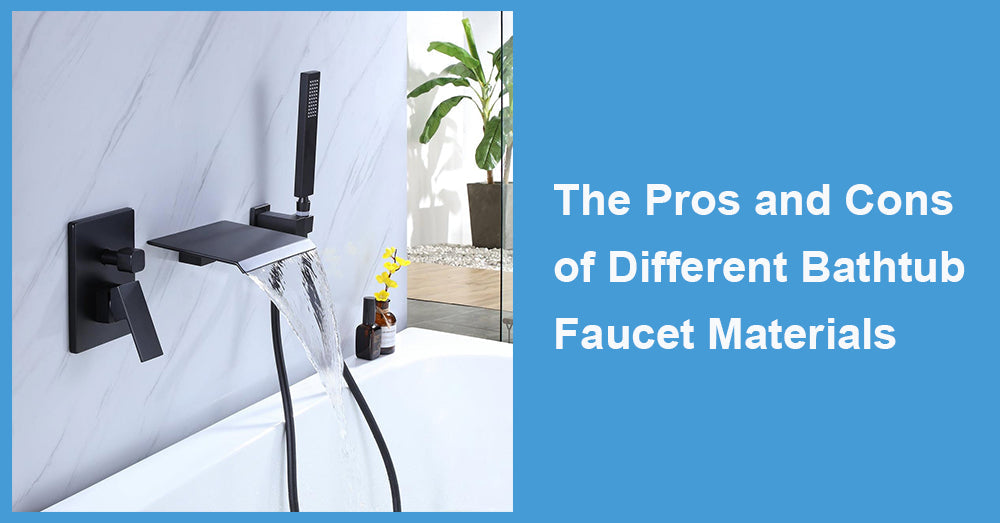
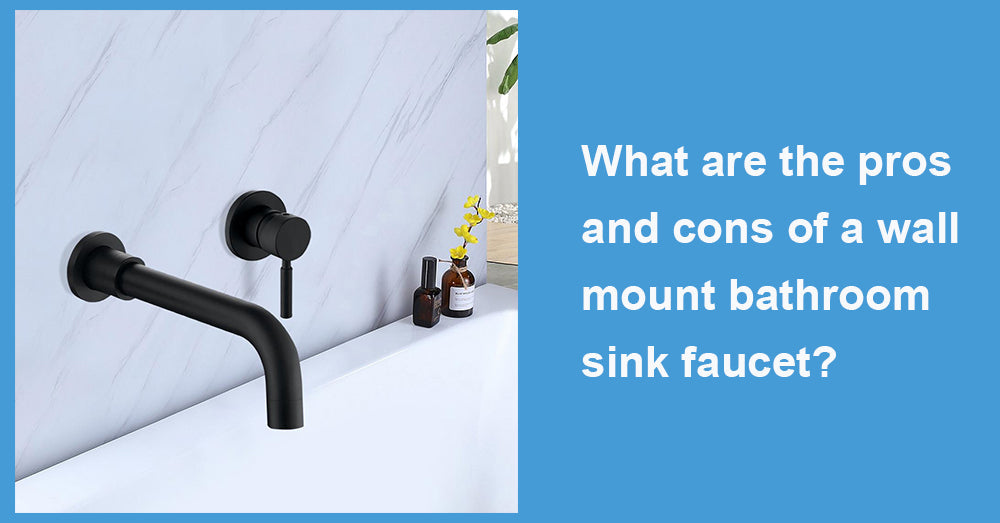
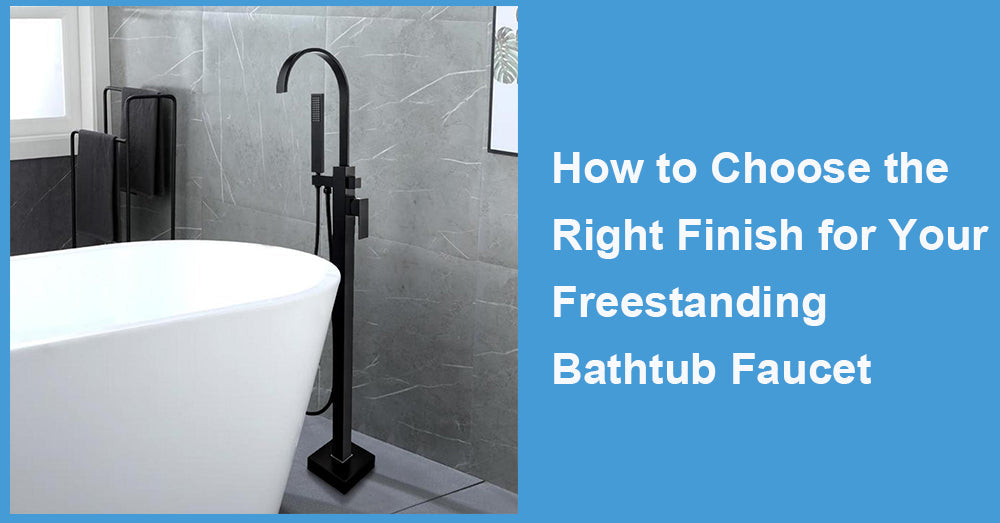
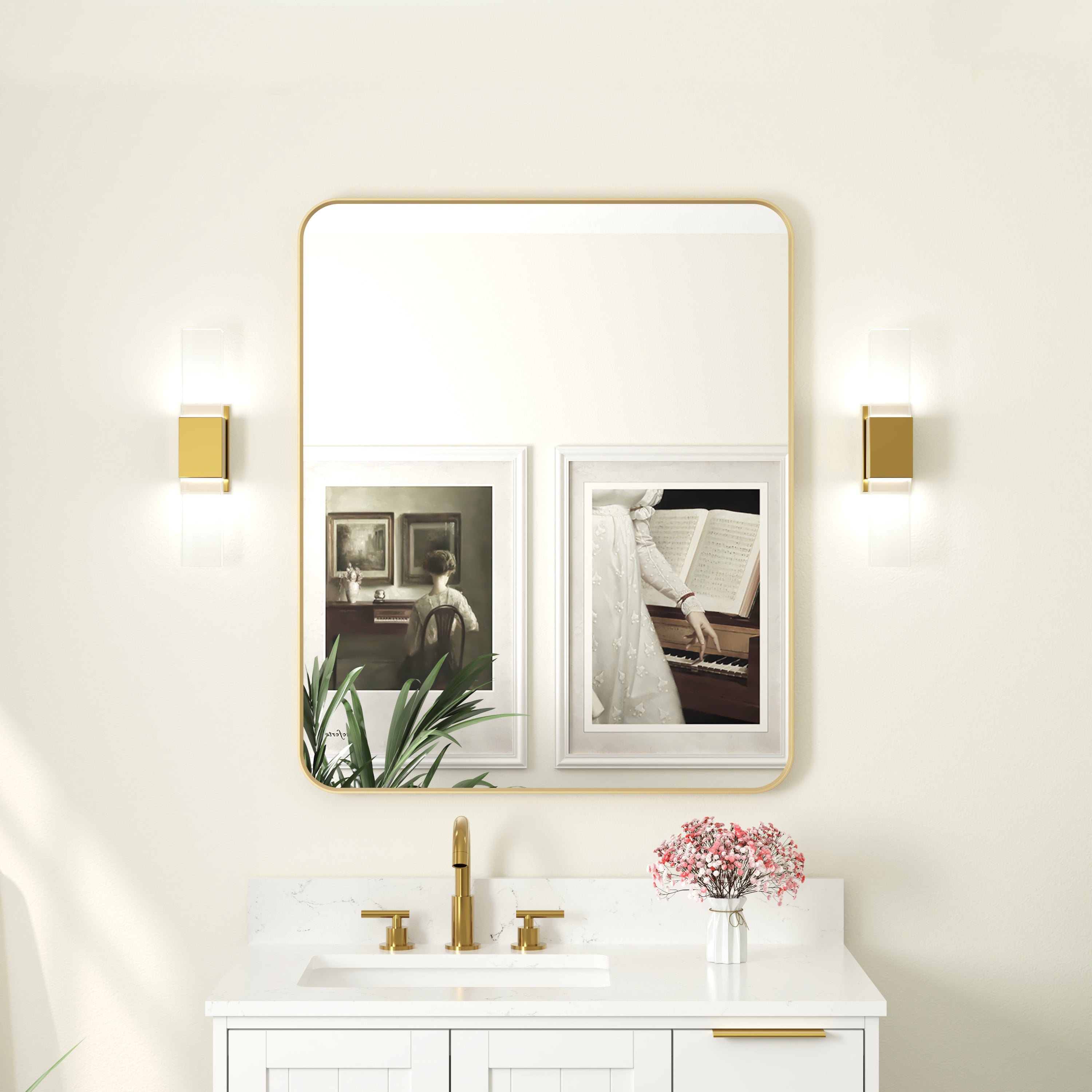

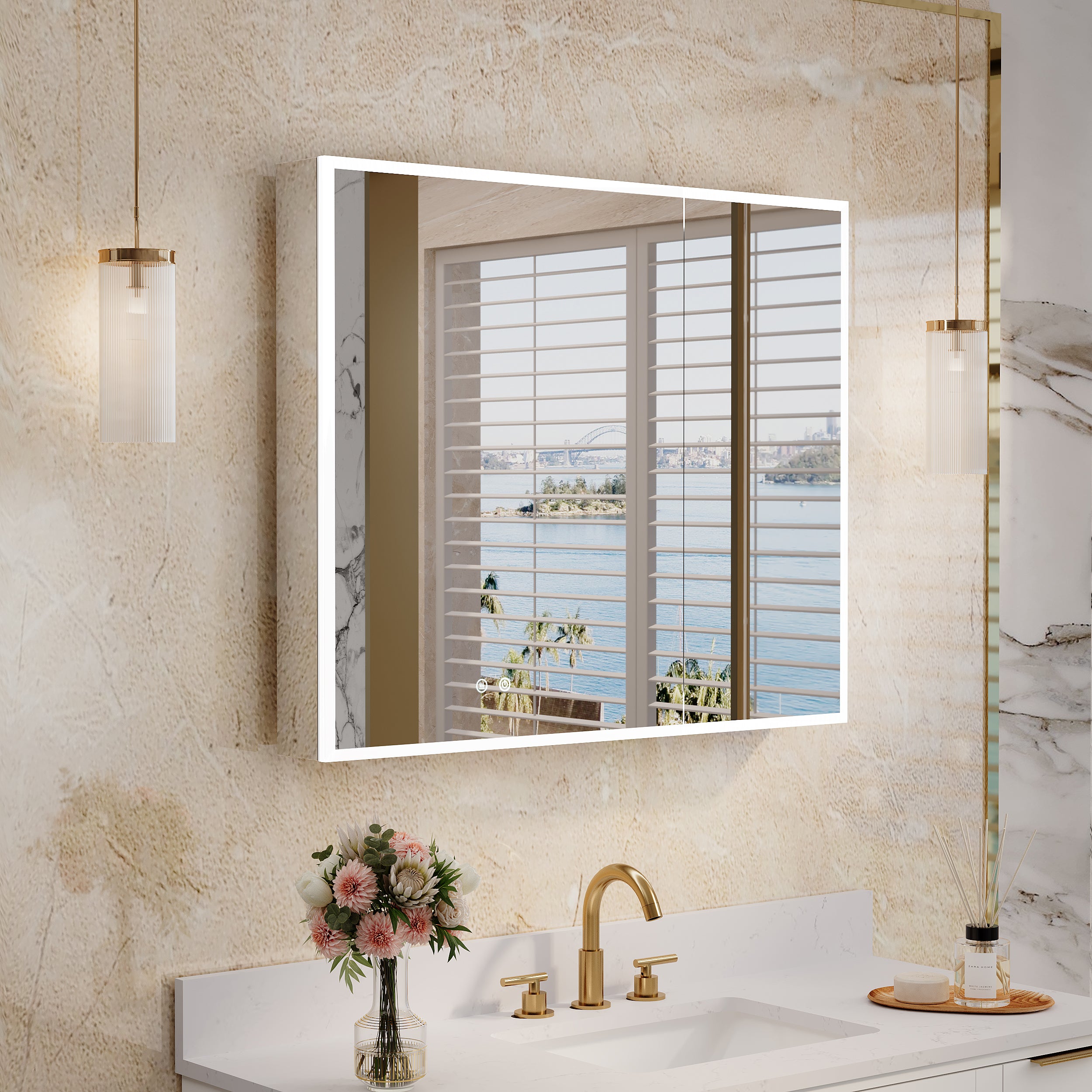

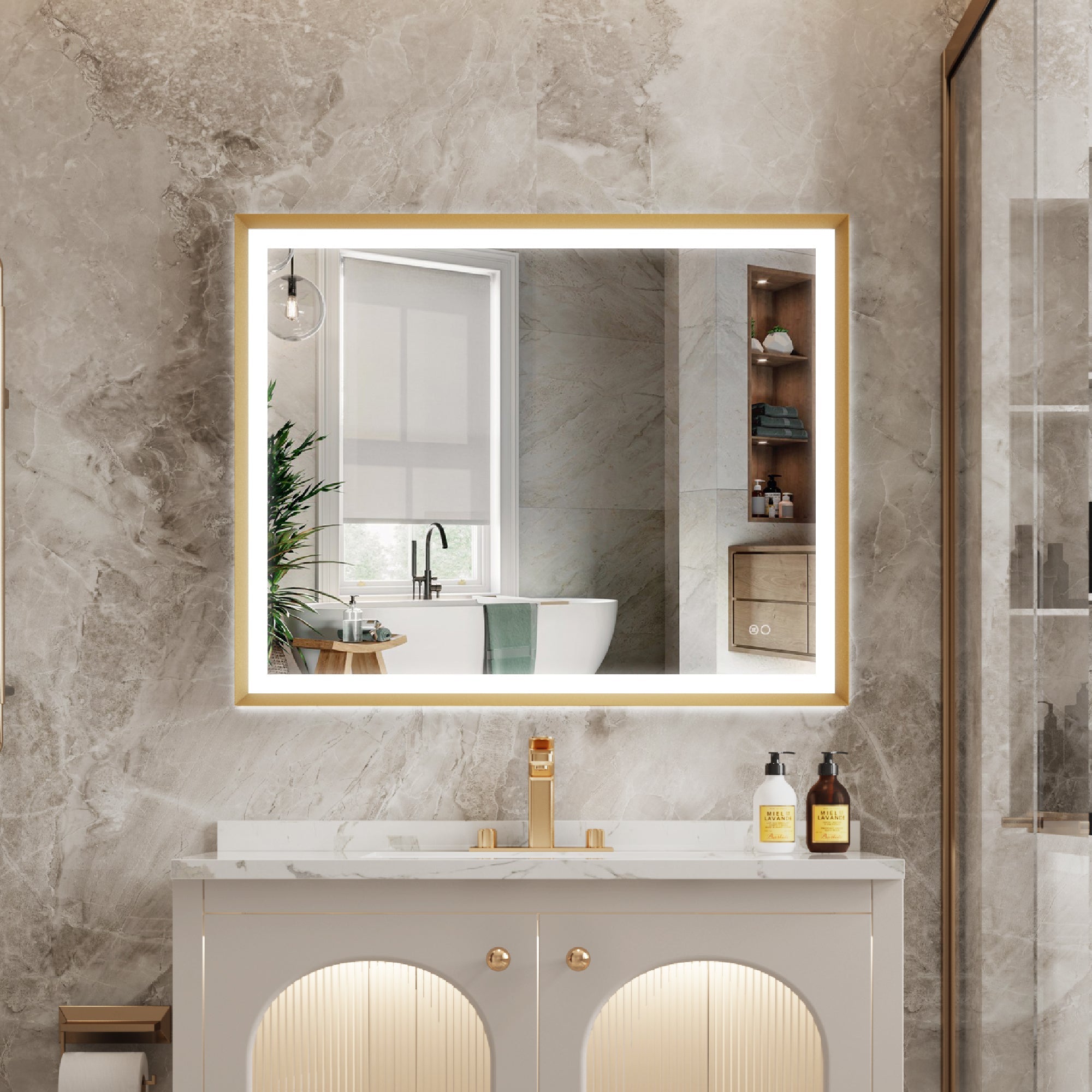

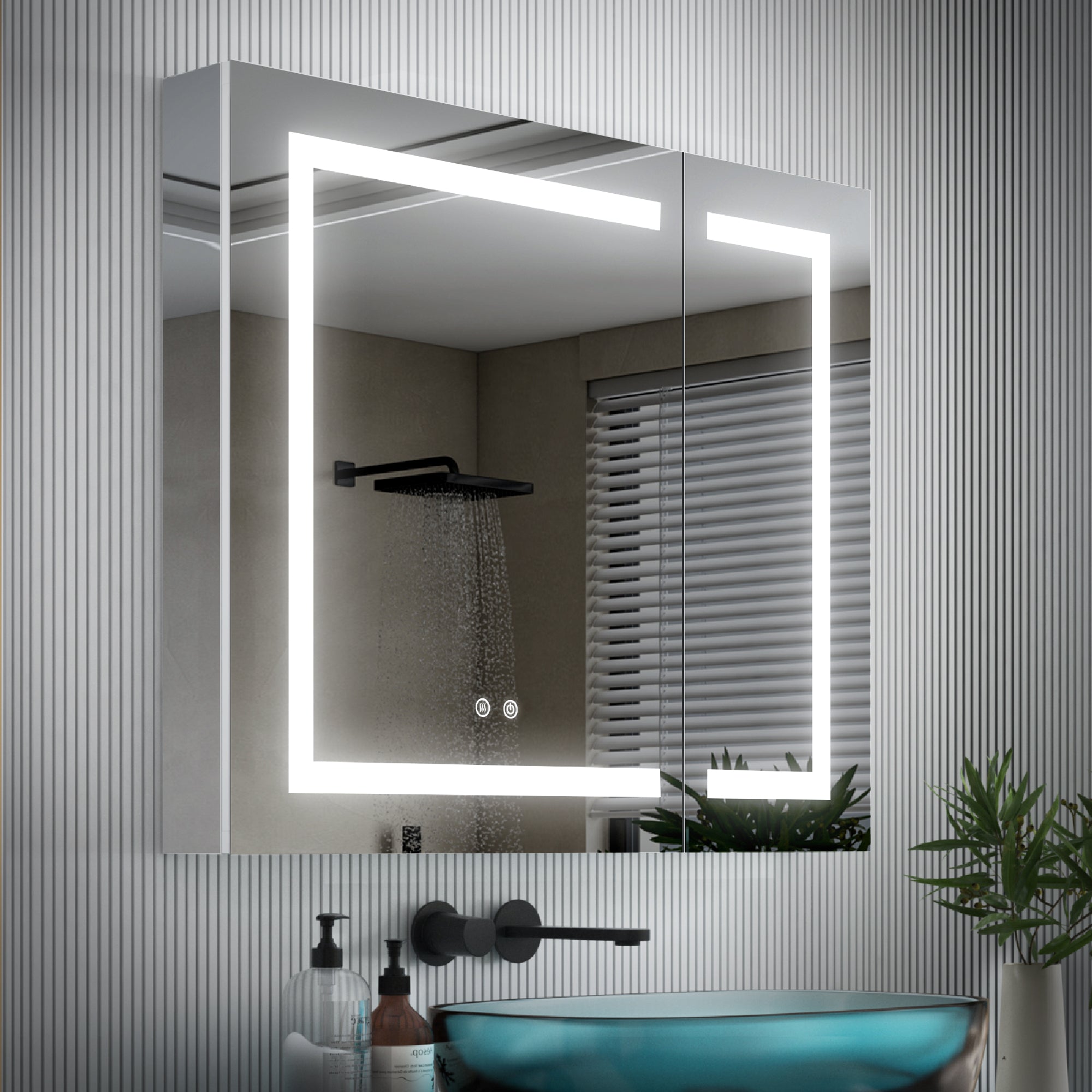



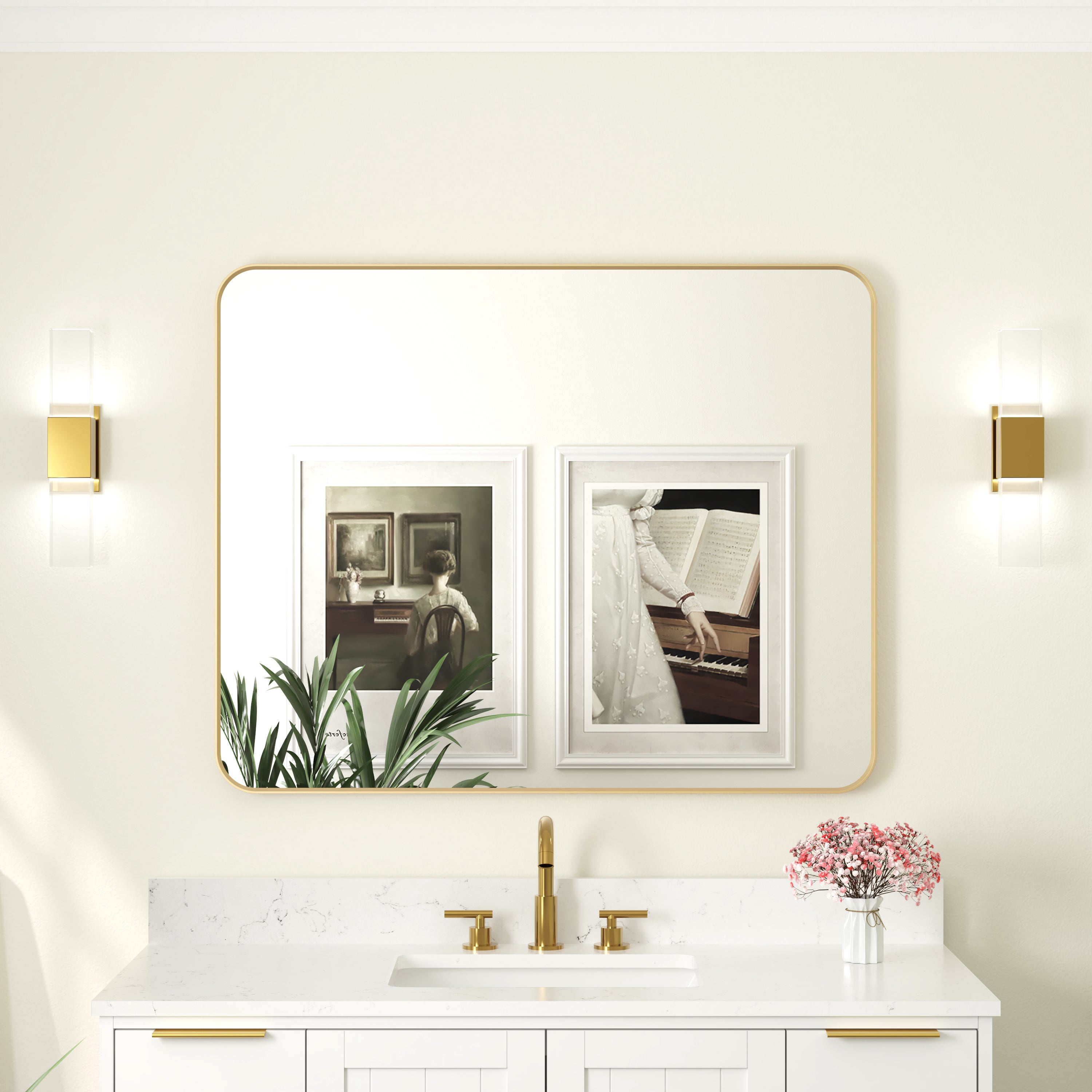

Leave a comment
This site is protected by hCaptcha and the hCaptcha Privacy Policy and Terms of Service apply.